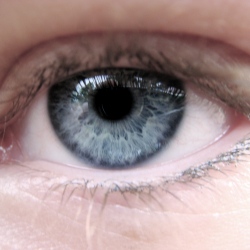
Unless you spend all of your time in a cave, you’ve probably been photographed without your knowledge.
The presence of surveillance cameras is becoming a growing norm in public spaces. For example, currently in the United Kingdom, there are an estimated 4.2 million cameras, some even with facial-recognition capability, that passively capture photos of nearly the entire nation, every moment of the day.
At the same time, back in the States, we’re seeing the rise of self-surveillance, otherwise known as sousveillance, and whether you like it or not, people are photographing you (accidentally or otherwise) with cheaper and cheaper portable cameras, and ever-smarter phones.
Cameras are becoming ubiquitous, as cameras like GoPro’s HERO gain consumer interest, and with the debut of wearable, automatic lifelogging cameras, and as it happens a new shift is coming that will change how we think about public space, and how we manage our public personas.
Do You Own Your Face?
In early November, Narrative (formerly Memoto) will begin shipping their long-awaited Narrative Clip. Similarly, other newcomers like Perfect are also seeking uplevel the game even more with Glassware apps. As an avid lifelogger, it’s an exciting leap forward in wearables that will add new context to my lifelog. But when these cute little cameras are clipped to lapels around the globe, and the tsunami of images begins flowing, you need to ask yourself this question: Who owns your face?
The somewhat unnerving answer is: not you. Probably not anyone else either, unless you’re a very famous model with a very restrictive contract. There are laws governing the use of your recognizable image for commercial purposes. And if you’re an extra on a film you’ll have to sign a waiver allowing the use of your image, even if you aren’t paid for it.
